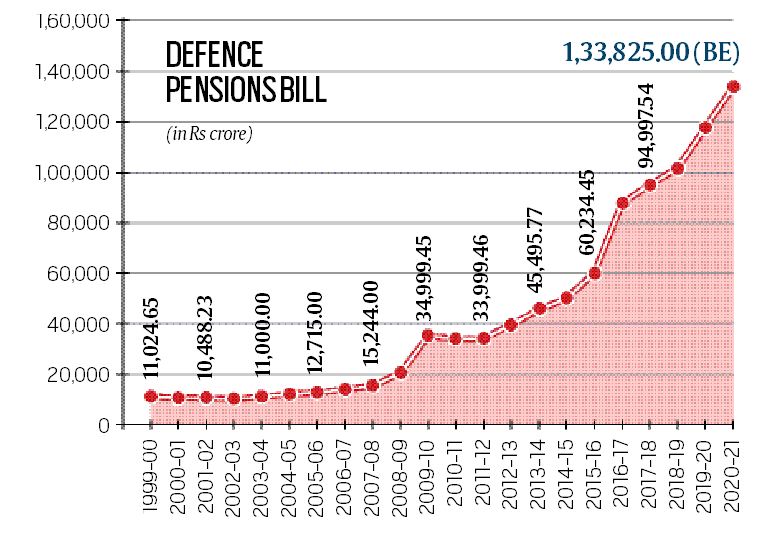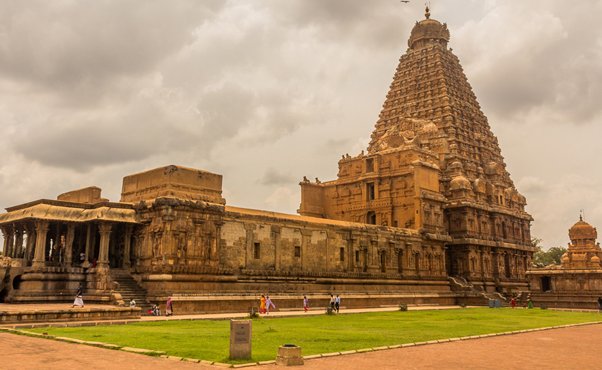Context
The Union Cabinet’s approval of the amended Medical Termination of Pregnancy (MTP) Bill 2020 was reported on January 29. This amendment was long due and has made some anticipated changes demanded by women’s groups and courts, including the Supreme Court.
Why the amendment was necessitated?
- Abortion (unsafe) accounts for almost 10 per cent of maternal deaths in India.
- No provision to avoid unsafe abortion: The amended Act doesn’t have any new substantial provisions to avoid unsafe abortions.
- The right to safe abortion (at least till 12 weeks, when it is safer) would have made the state responsible to provide safe abortion services.
- Reduce the burden on judiciary: The proposed amendments will definitely reduce the burden on the judiciary, especially given the plethora of cases seeking permission for abortion beyond the prescribed duration of 20 weeks.
- Two types of Court cases: The court cases are broadly two types.
- The first group of cases: These are pregnancies that extend beyond 20 weeks of gestation as a result of rape, incest or of minor women.
- The new Act rightly addresses these by extending prescribed period abortion to 24 weeks.
- However, such cases form a minuscule proportion of the total number. For such cases, even the 24-week cap can be done away with, provided the abortions can be safely done.
- The second group of cases
- These are of pregnancies that become unwanted after congenital foetal anomalies are found upon testing.
- With advancements in prenatal foetal screening/diagnostic technologies, more such cases are knocking at the doors of courts.
- Marginal interval under the current act: Anomalies detected at 17-20 weeks provide only a marginal interval to conduct an abortion under the current Act.
- The extension to 24 weeks seems to give cover to these cases for abortion services, reducing the burden on courts.
How the law could be misused?
- Possibility of using any anomaly as a ground for abortion: The amendments have opened up the possibility for any congenital anomaly to be used as grounds for abortion.
- Anomalies which are incompatible with life provide grounds for access to abortion at any time during pregnancy -not just 24 weeks of gestation-as long as the woman desires it and it doesn’t endanger her health.
- But with advancements in diagnostic technologies, more anomalies will be detected, including those which are compatible with life.
- Social acceptability and anomaly: What constitutes an anomaly changes depending on what is considered socially desirable.
- Issue of raising children with disability: Technology-aided detection of “undesirability” could now find social support, as has been the case with female foetuses.
- This raises concerns that raising children with disability, especially in the absence of state support and poor social attitudes, could go down a similar path.
The risk to the life of women
- Abortion beyond 12 weeks carries serious health risks.
- 12 weeks provision under current law: Current law requires the expert opinion of two registered medical practitioners for the abortion beyond 12 weeks.
- Extending the limit to 20 weeks and risk involved: 12-week requirement has been delayed till 20 weeks, though the physiology of pregnancy and risks associated with procedures for second-trimester abortions haven’t changed significantly.
- Possibility of more complications: Without the strengthening of public services, easing second-trimester abortions between 12-20 weeks opens the possibilities of more complications and endangers the life of the woman.
Conclusion
With congenital anomalies as a ground for abortion, the eugenic mindset of having socially desirable children could push more women into risky late abortions. The approach of medical boards advising courts in cases of late abortions under this Act will be critical to balancing women’s right to choose with risk to the woman and the motives for abortion. The rules framed under the Act must address this in no uncertain terms.







